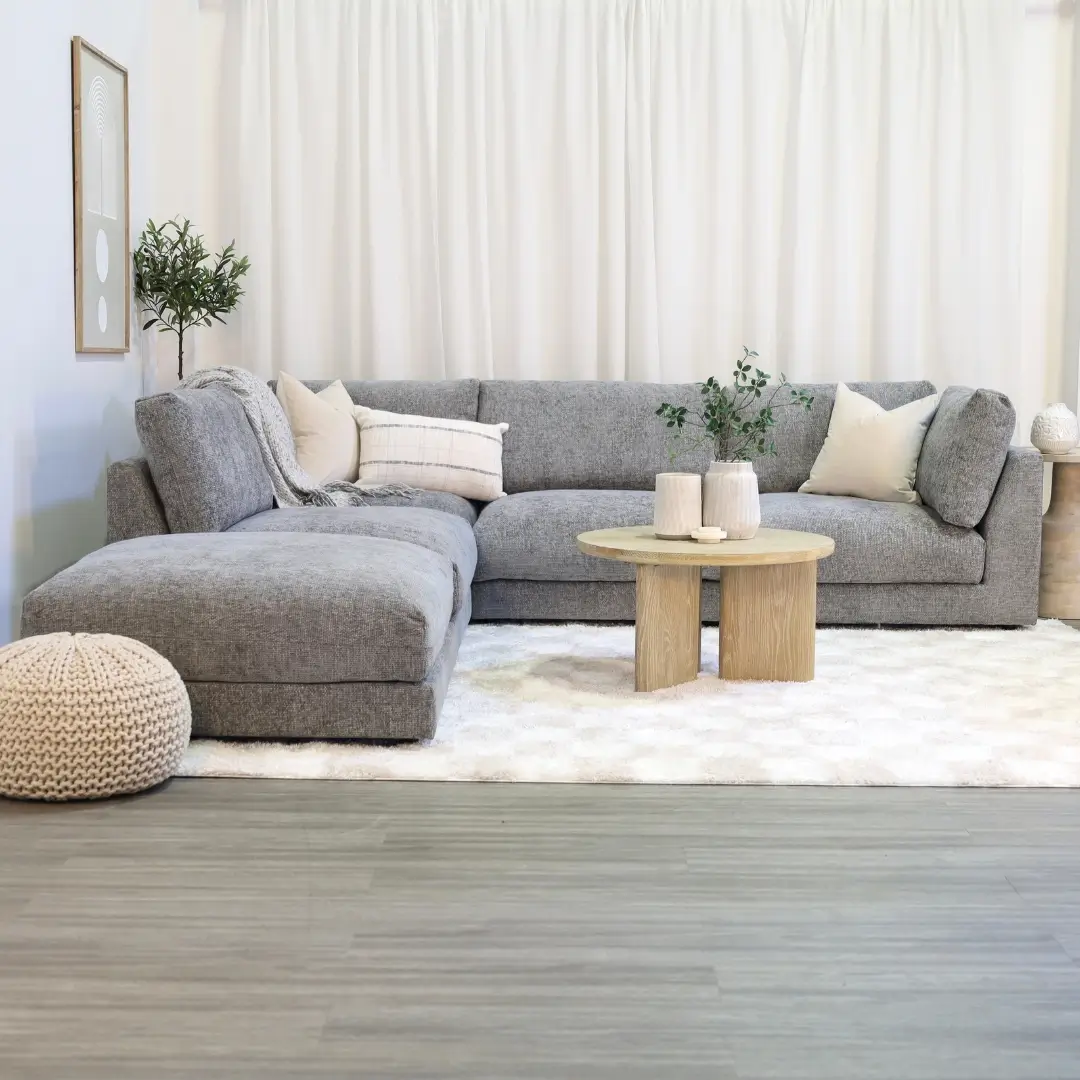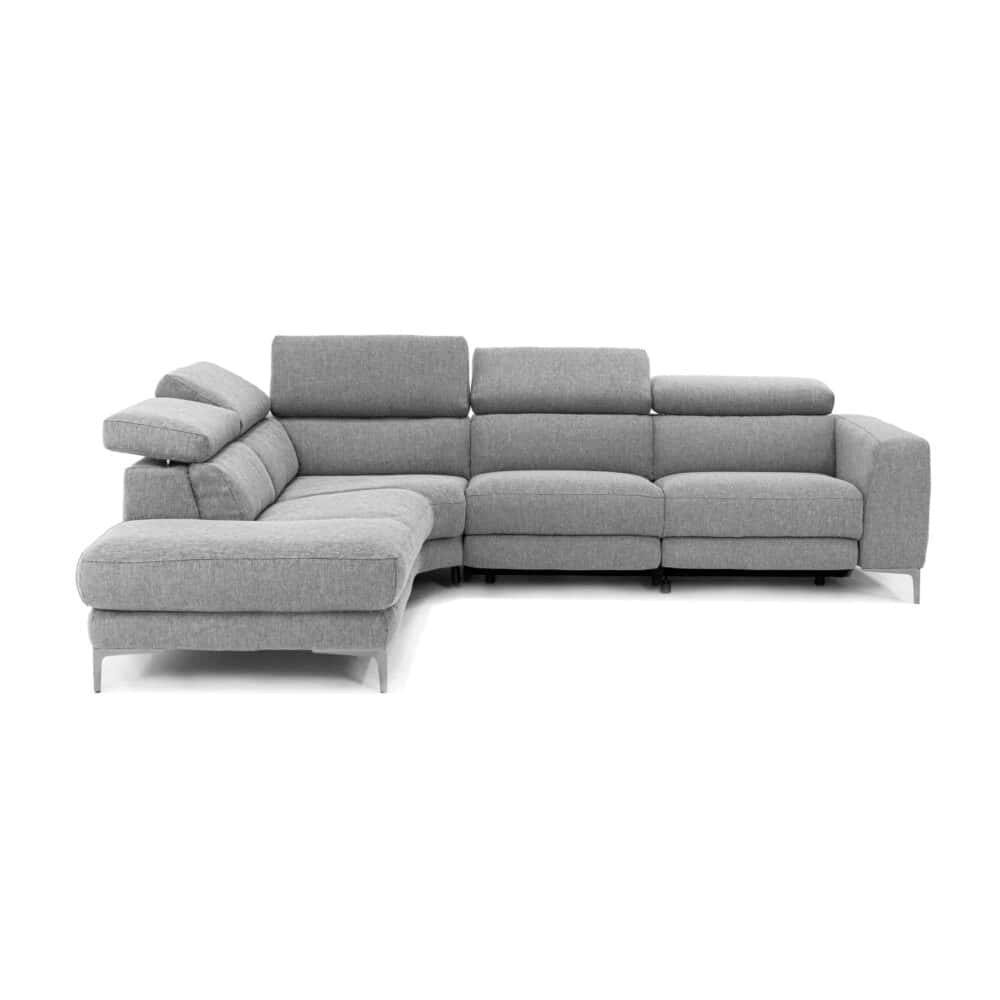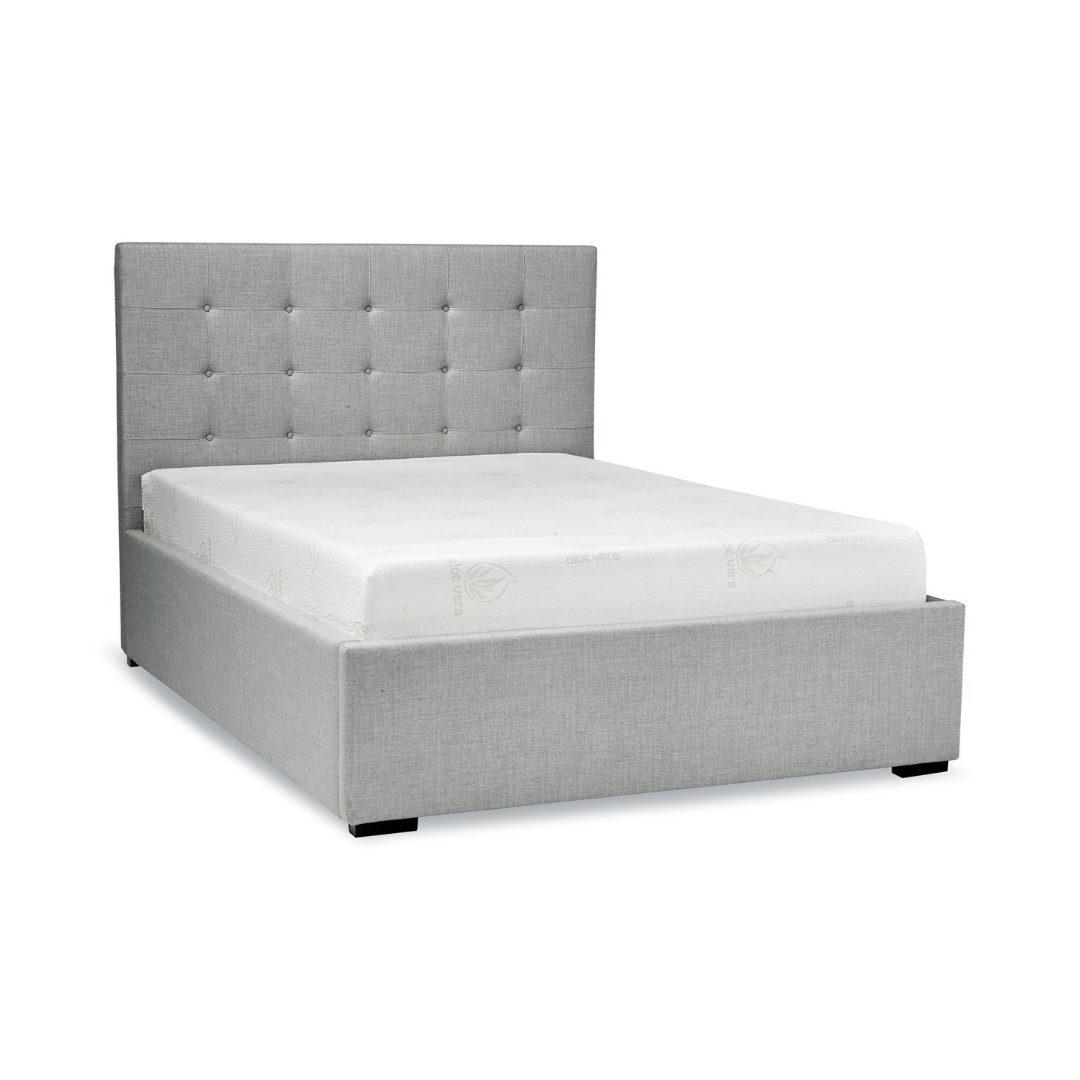Furniture Arrangement to Bring Comfort and Style to Any Room
Arranging furniture is an art that blends aesthetics with functionality, transforming any space into a harmonious and inviting environment. The arrangement of furniture not only determines the flow and accessibility of a room but also sets the tone for the overall atmosphere. Key elements to consider include the scale of the furniture, the layout of the room, and the purpose of the space. For instance, in a living room, a cozy arrangement that encourages conversation may take precedence over strict alignment. Conversely, in a bedroom, creating a sense of tranquillity and relaxation can be enriched by strategically placing the bed and ancillary pieces.
Additionally, understanding traffic patterns and focal points can greatly enhance the arrangement process. Incorporating elements like rugs can define spaces within larger rooms, while the strategic placement of lighting adds warmth and highlights design features. Accessories, such as art and plants, can further personalize the space and create visual interest. Ultimately, the goal is to find a balance that incorporates practicality without sacrificing style, ensuring that every piece serves a purpose while contributing to an inviting environment that reflects your unique personality and preferences.
Understanding the Space
Before you start moving furniture around, it’s essential to understand the dimensions of your room, as well as the purpose and natural flow of the space. Every room has its unique characteristics, including the arrangement of windows, doors, and other architectural elements that can impact how you position your furniture. By taking precise measurements and considering the specific activities that will take place in the room—whether it’s for socializing, relaxing, or working—you can create a layout that not only looks good but also meets your practical needs.
Proper planning is key to avoiding common pitfalls that can arise during a furniture rearrangement. For instance, crowding a space with too much furniture can make it feel cramped and uninviting while leaving too much empty space can create a sense of disconnection. Additionally, ensuring that there’s a natural flow, with clear pathways for movement, can enhance the overall usability of the area. The thoughtful arrangement allows for seamless transitions between different activities while maximizing the room’s potential. By taking the time to carefully plan your layout, you’ll create a more harmonious and functional space that will serve you well.
Measure Your Space
Start by measuring the room’s dimensions, including the length, width, and height. Don’t forget to account for fixed elements like windows, doors, radiators, and built-in furniture. Use these measurements to determine how much space you have for arranging furniture and note areas where large items might obstruct light or traffic flow.
Create a Floor Plan
Sketch a floor plan to visualize how your furniture will fit into the space. You can use graph paper or digital tools to map out different configurations. Include scaled representations of your furniture to ensure accuracy. Experiment with layouts until you find the perfect balance of openness and functionality.
Consider Traffic Flow
One of the most critical aspects of arranging furniture is maintaining clear pathways. Aim for at least 2-3 feet of clearance for main walkways. This ensures smooth traffic flow and avoids a cramped feel. Position larger furniture pieces like sofas or beds in a way that naturally guides movement through the room.
Choosing the Right Furniture
Selecting the right furniture is just as important as arranging it, as both aspects work together to create a harmonious and functional environment. Each piece’s size, style, and purpose are crucial elements that contribute to the overall aesthetic and utility of a space. For instance, a well-chosen sofa can serve as the centrepiece of a living room, setting the tone for both the decor and the flow of the room, while appropriately sized tables can enhance functionality without overwhelming the area. Additionally, understanding how different styles—whether modern, traditional, or eclectic—can complement one another is key to establishing a cohesive look. By carefully considering these factors, homeowners can create a space that not only looks great but also meets their lifestyle needs.
Scale and Proportion
When decorating a room, it’s crucial to choose furniture that is appropriately scaled for the space to create a harmonious and inviting atmosphere. Oversized furniture in a small area can overwhelm the room and make it feel cramped, leaving little room for movement and essential decor. Conversely, using tiny pieces in a larger space can result in a sparse and uninviting look, lacking the character and warmth that well-chosen furniture can provide. To maximize both style and functionality, consider incorporating multi-functional furniture options, such as a storage ottoman that can serve as both seating and an organizational solution or a fold-out sofa that easily transforms from a stylish seating area into a comfortable bed for guests. This approach not only enhances the usability of your space but also allows for a more dynamic and flexible design that can adapt to your needs.
Style Cohesion
When it comes to decorating your home, your furniture should be a true reflection of your personal style while ensuring a cohesive aesthetic throughout the space. It’s essential to stick to a defining theme, whether it embraces the clean lines of modern design, the warmth and charm of rustic elements, or the vibrant mix of eclectic pieces. This choice provides a foundation for the overall look of your interiors. In addition, selecting colours and materials that complement each other can enhance this theme, creating a harmonious environment. Thoughtfully chosen furniture can not only serve functional purposes but also act as a form of self-expression, adding character and inviting comfort into your living space. By paying attention to these details, you can curate an atmosphere that feels both stylish and uniquely yours.
Functionality
Each piece of furniture should serve a purpose. For example, a living room might need a sofa, coffee table, and side tables to support social activities. In contrast, a home office requires a desk, chair, and storage solutions to maximize productivity.
Comfort First
No matter how stylish a piece of furniture looks, it won’t feel right if it’s uncomfortable. Prioritize comfort, especially for frequently used items like sofas, beds, and dining chairs. Test furniture before purchasing to ensure it meets your standards for comfort and durability.
Arranging Furniture by Room Type
Each room in your home serves a unique purpose, and the arrangement of furniture should be thoughtfully designed to enhance and support those functions. For instance, in a living room, comfortable seating should encourage conversation and relaxation, while an open layout may facilitate movement and social interaction. In contrast, a home office requires an organized setup that promotes productivity, with a desk positioned for focus and efficient use of space. Similarly, a children’s playroom benefits from versatile furniture that fosters creativity and play, while maintaining a safe environment. By considering the specific needs of each room, you can create a harmonious and functional living space that reflects your lifestyle and enhances daily activities.
Living Room Arrangement
In the living room, create a focal point, such as a fireplace, television, or large window. Arrange seating around this focal point, ensuring that all seats have a clear view. Use area rugs to define the seating area and anchor the furniture. Keep side tables within arm’s reach of sofas and chairs, and position lighting to eliminate shadows.
Bedroom Arrangement
Start by placing the bed, the largest piece of furniture, against the room’s longest wall or a wall without windows. Ensure there’s enough space to walk around the bed comfortably. Add bedside tables for convenience and choose a dresser or wardrobe that doesn’t overpower the space. Incorporate cozy elements like throw blankets or an accent chair to enhance comfort.
Dining Room Arrangement
Position the dining table at the center of the room to create balance. Leave at least 3 feet of space around the table to allow for easy movement. Add a buffet or sideboard for storage, but avoid overcrowding. Pendant lighting over the table can enhance ambiance while serving as a decorative element.
Outdoor Spaces Arrangement
Consider durable and weather-resistant furniture for patios or balconies. Arrange seating to encourage conversation and ensure that the space flows naturally from one area to the next. Add plants, outdoor rugs, and lighting to make the area feel as inviting as indoor spaces.
Final Thoughts
At Q Living, we believe that transforming your living space is a journey toward creating a home that truly reflects your style and needs. Our extensive selection of unique furniture pieces spans various styles, from contemporary elegance to rustic charm, ensuring that we have something for every taste. We understand that each item plays a crucial role in enhancing the functionality and aesthetic appeal of your rooms. That’s why we also offer curated room sets and design ideas, providing our customers with plenty of inspiration to visualize how different elements can come together harmoniously. Our goal is to empower you to craft spaces where you can thrive and feel at home.
We recognize that every room serves a distinct purpose, which is why we pride ourselves on providing tailored solutions to meet your individual requirements. Whether you’re aiming to create a cozy reading nook, an inviting dining area, or a vibrant playroom for your children, our knowledgeable team is here to guide you in selecting the perfect pieces and arrangements. Each item in our collection is thoughtfully designed to promote comfort, style, and functionality. When you choose Q Living, you’re not only accessing quality furniture but also gaining a partner in your design journey. We are dedicated to helping you elevate your spaces, making your home a true sanctuary filled with cherished memories.





